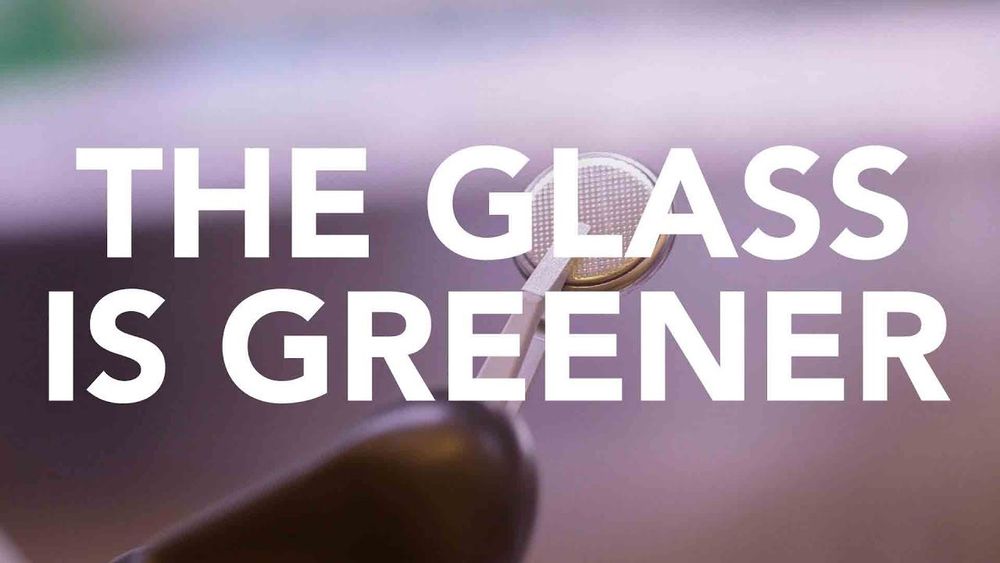Who knew?
Not only are the batteries eco-friendly, but they are powerful as well. The researchers found a way to make them last longer and provide more electricity batteries by using silicon anodes — an electrode through which the current enters into an electrical device — instead of traditional graphite.
“Today graphite is used as the main commercial material for fabricating the anode electrodes,” Cengiz Ozkan, a professor of mechanical engineering at UC Riverside explained.
“We replaced graphite in the anodes with our new nanosilicon material derived from waste glass bottles,” he continued. “In the half-cell configuration, our batteries demonstrate performance about four times higher compared to graphite anode batteries.” Researchers at the University of California, Riverside’s Bourns College of Engineering used a three-step process to use a discarded glass bottle into lithium-ion batteries.
